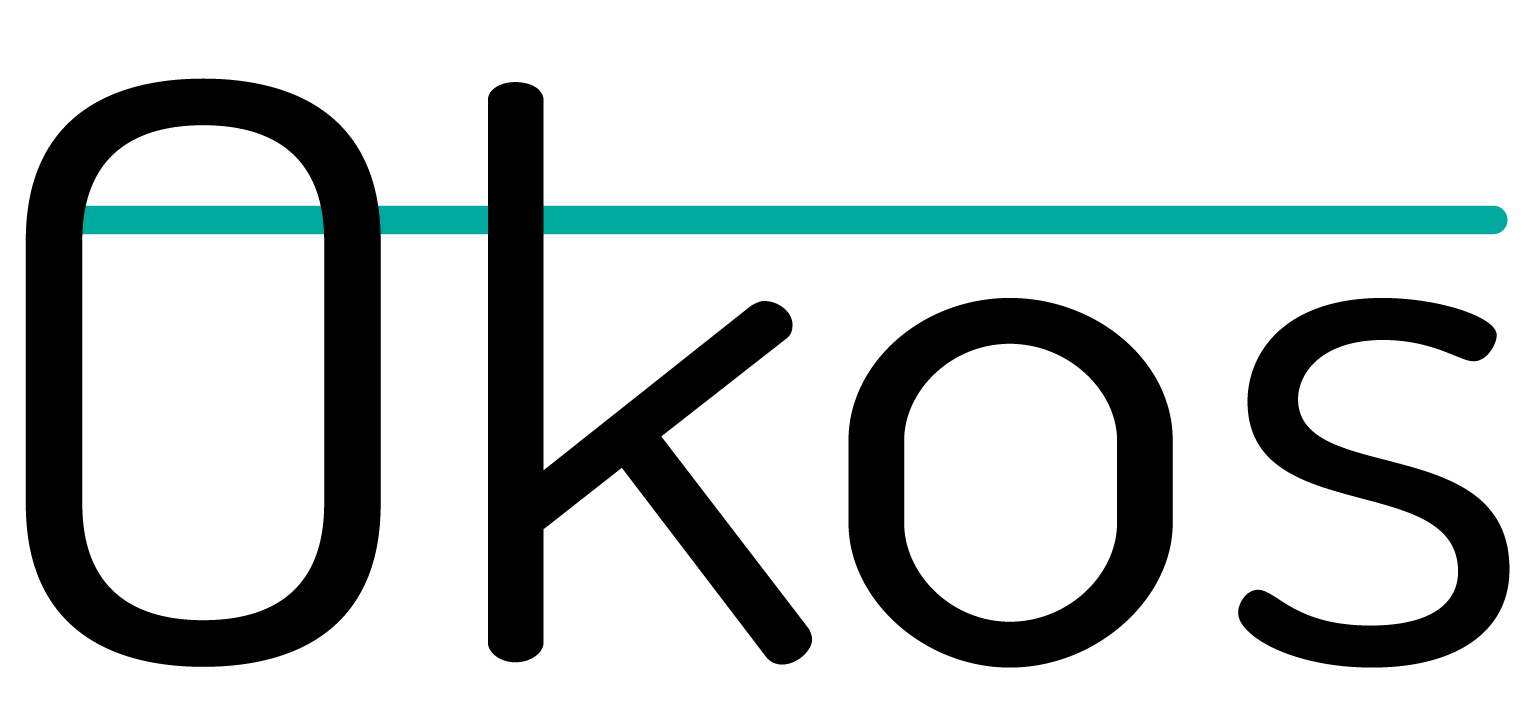Bart Gragg
 The next step in creating a long-term plan for your workforce development program is to evaluate the effectiveness of your current recruiting efforts and determine if there are clear career paths within the organization.
The next step in creating a long-term plan for your workforce development program is to evaluate the effectiveness of your current recruiting efforts and determine if there are clear career paths within the organization.
If your company is experiencing high turn-over rates, that indicates there is a break down in the system and it’s important to pinpoint what is going wrong in order to find a solution. This is critical because if you don’t know where the current pitfalls are then adding more layers and methods just covers them up—but they’re still there, waiting to eat up time, money, and effort.
You want the development process to be as smooth as possible so pitfalls, obstructions, and barriers need to be removed in order to create an effective program.
Company Culture Matters
In a planning session for heavy equipment movement, we saw the two most common conflicts when it comes to change. A supervisor resisted the need to plan—after all, they had made 80 moves like this before. That was right after a new employee admitted he was scared to participate in the move because he didn’t know anything about moving equipment. So, we had resistance to change and fear of shame.
The solution happened when another supervisor recognized the conflict and got involved. A workplace with a poor culture typically suffers from high turnover rates, disengaged employees, lower production quality, and difficulty hiring.
Building and maintaining a workforce development system requires a longer view, and short-circuiting the effort wastes resources, kills momentum and morale, and ultimately leads to failure. In workforce development, short-term thinking is your enemy. Building a roadmap, and following it, is how you control the beast.










